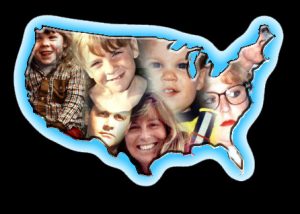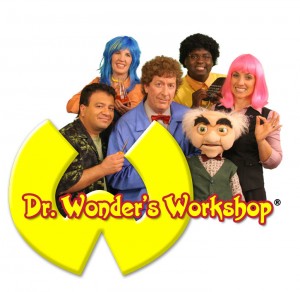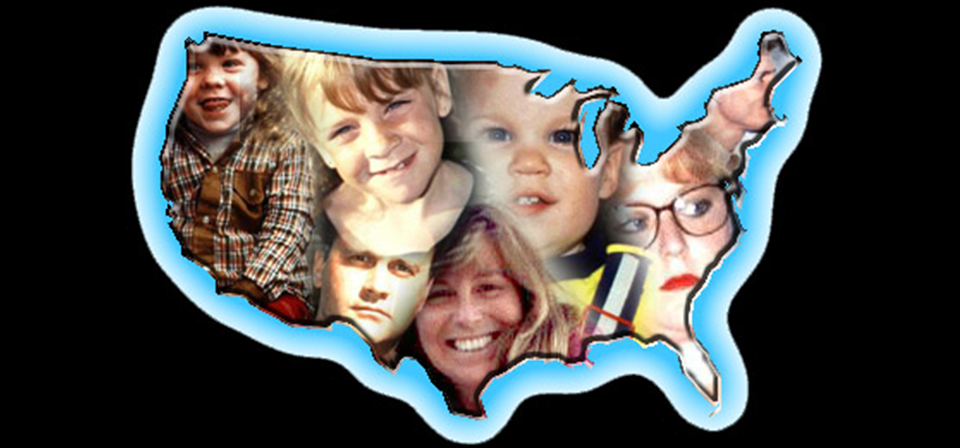The Invisible Nation
Our Ministry Associate was interviewed recently for the Manna Bites podcast by Landon DeCrastos, pastor of Fisher’s Point Community Church in Fishers, Indiana. Here are some notes on the information presented.
“How many deaf people are there?” is a basic question, easy to ask but difficult to answer. It depends on who you ask and how you count, since deafness is a spectrum from “struggles to hear clearly” to “couldn’t hear a door slam from 3 feet away.” See https://research.gallaudet.edu/Demographics/deaf-US.php for more information. Note also that the ability to hear a beep on a test is not equivalent to hearing the difference between words like jar and chair.
Roughly half a percent of American children are deaf or hard-of-hearing. A pediatrician sees a new case about once in seven years. About 96% of deaf and hard-of-hearing children are born to hearing families, and roughly 2% of these parents learn sign language. This is primarily because the standard advice since 1881 has been “don’t allow them to use their hands, else they will not learn to use their voice.” Parents who seek the best future for their children will obey the experts, even when it’s hard or counter-intuitive, so generations of children have been blocked from their natural (visual) language.

There has been a shift in the last twenty years or so. Parents who have embraced signing with their deaf children have found that having a language to process thoughts in enhances their abilities and opens more channels of communication. Yet, we still haven’t arrived at the place where sign language is as common as seeing-eye dogs and wheelchairs. Instead, the medical and educational focus is still on “normalizing the child” rather than “life skills for their norm.”
For the most part, deaf children in hearing households are restricted to direct communication, which at our life pace ends up being simple commands rather than organic conversation. This makes the sharing of family values, such as faith, difficult if not non-existent. Funny stories of heritage, common hospitality patterns, and so much more that children absorb when using the language of their families is lost to those children who don’t have access to broader/indirect communication. This leaves them disconnected and isolated, finding activities that don’t involve interacting in a world that operates on a different frequency than themselves.
When they first encounter other deaf people using sign language, it is for many a life-changing event. The moment when you find people who know and understand your experience, experientially… or when you find people with whom you can freely exchange ideas with clarity… or when you simply learn that you’re not the only person in the world like yourself… Most of us in the common culture have no point of reference.
Less than 5% of churches have any form of deaf ministry, and fewer make an investment in deaf children, since they’re so rarely encountered. Deaf people who grew up in church often turn their backs on it because of negative memories and lack of value-added for them. Many see Jesus as “God of the Hearing” rather than One who knows all languages. About 4% of deaf people attend church, and about 2% report a saving relationship with Christ. That leaves about 96% of the deaf population who either don’t know about Jesus or have decided they don’t want anything to do with Him.
 Dr. Wonder’s Workshop, a TV show specifically designed to teach faith concepts to deaf and hard-of-hearing children, provides an answer for these problems. All actors are deaf and using American Sign Language and deaf culture manners to communicate. They are role models of how deaf adults can succeed as an inventor, accountant, office manager, chemist, electrical engineer, and more. They are also role models of the Christian faith, displaying grace, forgiveness, clean humor, and a relationship with Jesus. The show includes voiceovers and captions so that hearing parents and siblings can enjoy it as a family activity. Even without the ability to communicate with deaf adult role models directly, children can see that such people exist, and there is hope of a good future.
Dr. Wonder’s Workshop, a TV show specifically designed to teach faith concepts to deaf and hard-of-hearing children, provides an answer for these problems. All actors are deaf and using American Sign Language and deaf culture manners to communicate. They are role models of how deaf adults can succeed as an inventor, accountant, office manager, chemist, electrical engineer, and more. They are also role models of the Christian faith, displaying grace, forgiveness, clean humor, and a relationship with Jesus. The show includes voiceovers and captions so that hearing parents and siblings can enjoy it as a family activity. Even without the ability to communicate with deaf adult role models directly, children can see that such people exist, and there is hope of a good future.
The show is a collaboration between Silent Blessings, Deaf Missions, Deaf Video Communications, and many volunteers (including the actors themselves). Fifty-two episodes are currently broadcast on Christian networks worldwide, and we’re working to finish season 5 (13 episodes) this year. We’ve recently launched an app, God Loves Deaf Kids, where users can see full episodes or specific segments like sign songs and Bible stories. We plan to add more content, including activities that parents and children can do together to reinforce faith foundations with or without ASL fluency.
We also recommend the Deaf Bible app, containing signed translations of the scriptures in two styles and multiple languages. There’s the verse-by-verse translation of scripture, still in progress in the US and beginning in Moldova and the Philippines. Deaf Missions plans to have the entire Bible translated into ASL in 2020, and it will be the first full Bible in any of the world’s 400+ sign languages. There’s also the Chronological Bible Translation, a story-by-story rendition that presents a narrative with background graphics and has discussion points on what the story says about God, People, Sin, and Hope. One father reported that his deaf daughter, still a toddler, was able to tell the story of Jonah and answer questions based on her repeated watching of that narrative on the Deaf Bible app. That’s what we want for all children – the ability to know what God has done and said since “In the beginning…”, to know how He continues to operate and communicate among His people now. We want them to know He’s interested in building a relationship with them, in guiding them to a future with eternal hope.
We know that children have a greater faith capacity and less personal baggage than adults. For us, reaching deaf children is a critical priority, and for Silent Blessings, developing video resources for the entire family is our method and strategy. To learn more, or join us, see www.SilentBlessings.org.
